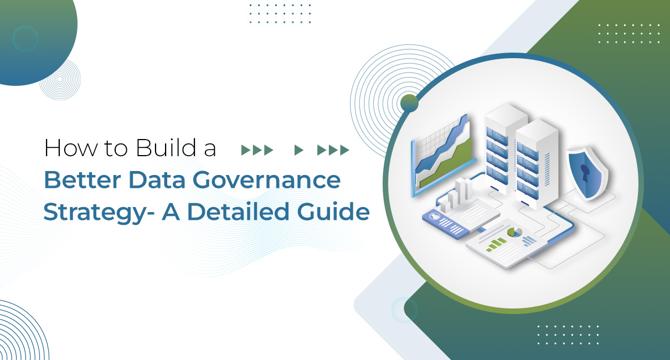Beyondkey
4w
280

Image Credit: Beyondkey
How to Build a Better Data Governance Strategy- A Detailed Guide
- Data governance strategy is crucial for managing data effectively in businesses to avoid issues like bad choices, compliance problems, and wasted money.
- It defines goals, outlines the direction for data governance, and guides decision-making and resource allocation within an organization.
- Data governance helps in handling data by valuing, creating, using, and controlling it in a smart manner to prevent problems like data confusion, bad data, and breaking rules.
- Data governance focuses on how to manage data well, while data strategy is about how to use data to achieve goals.
- A good data governance strategy involves using a data governance framework that includes program management, data quality standards, data and analytics management, metadata management, and data security and privacy.
- Businesses need to determine the right level of data governance based on their current state—whether not active, reacting, or proactive.
- Implementing a data governance program turns the strategy into action by defining how to use the set rules effectively.
- Tips for a successful data governance program include being ready to change, helping people adapt, and keeping the program simple yet effective.
- Key aspects of data governance include using a framework, finding the right level of governance, and developing a clear plan for implementation.
- A well-aligned data governance strategy with business goals ensures the effective use of data to derive business value.
Read Full Article
16 Likes
For uninterrupted reading, download the app